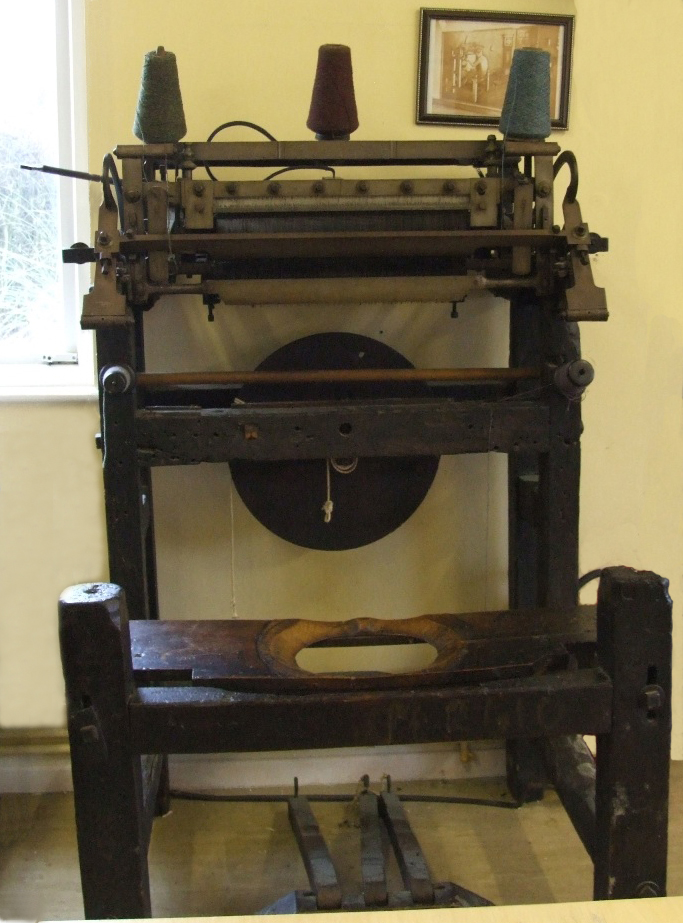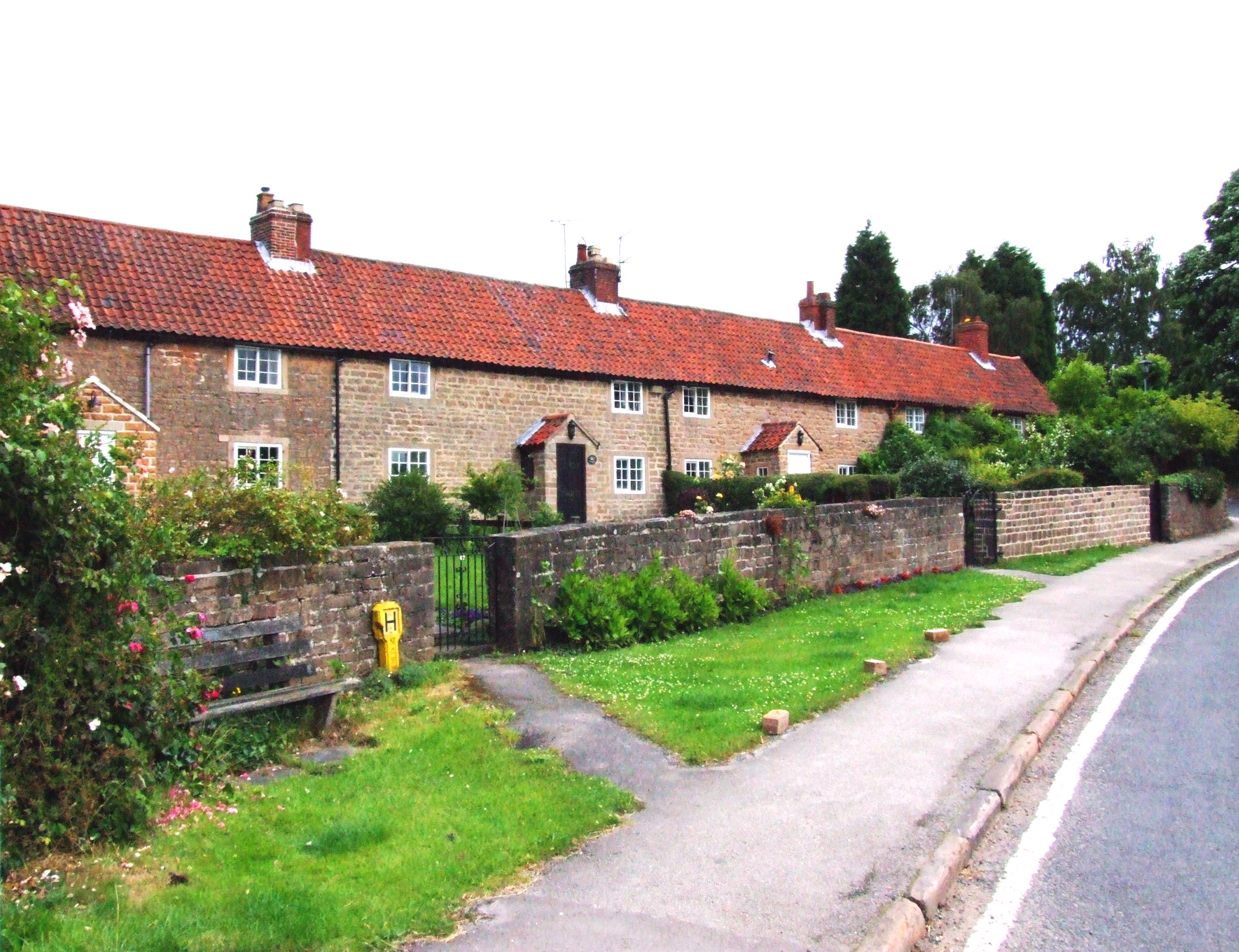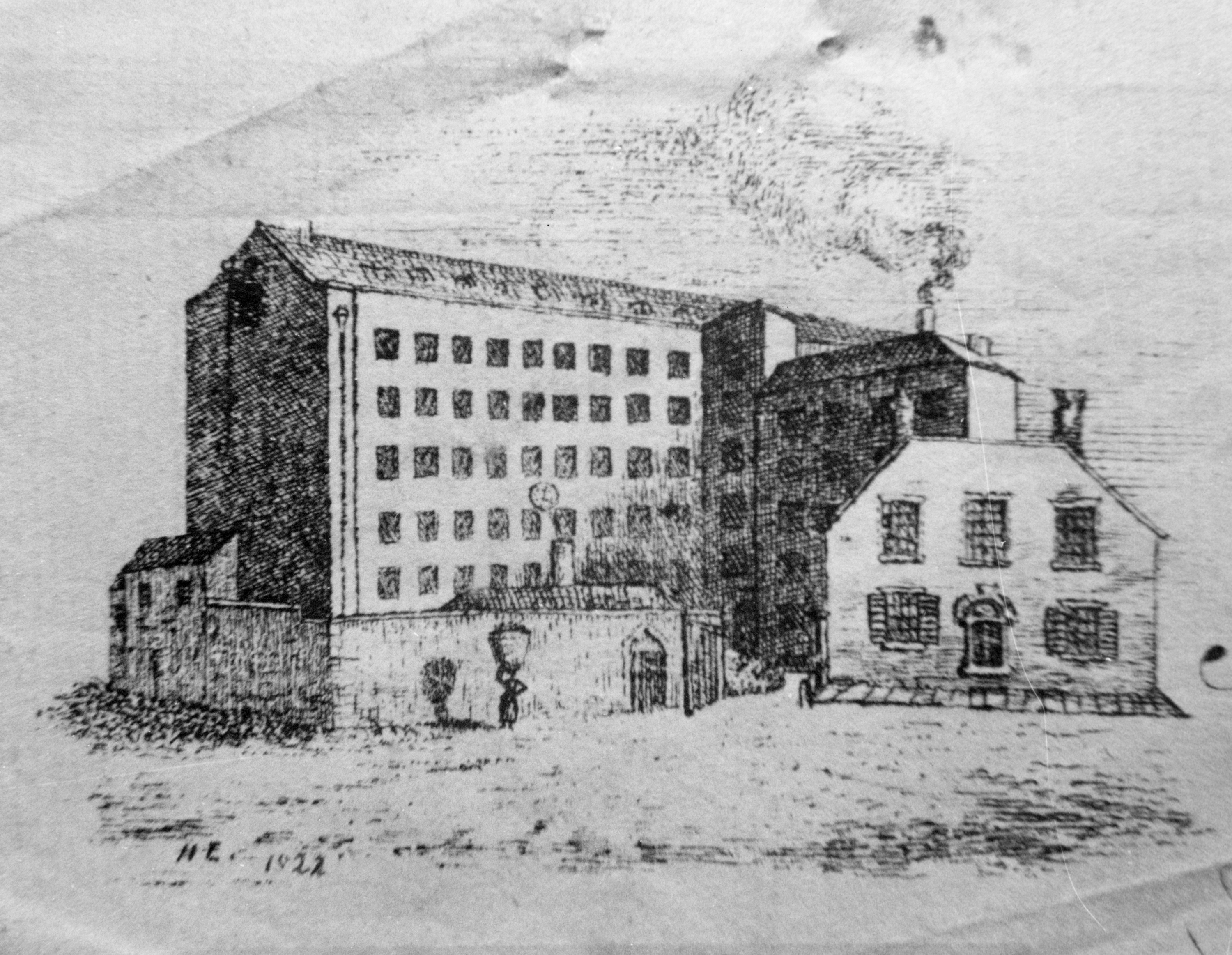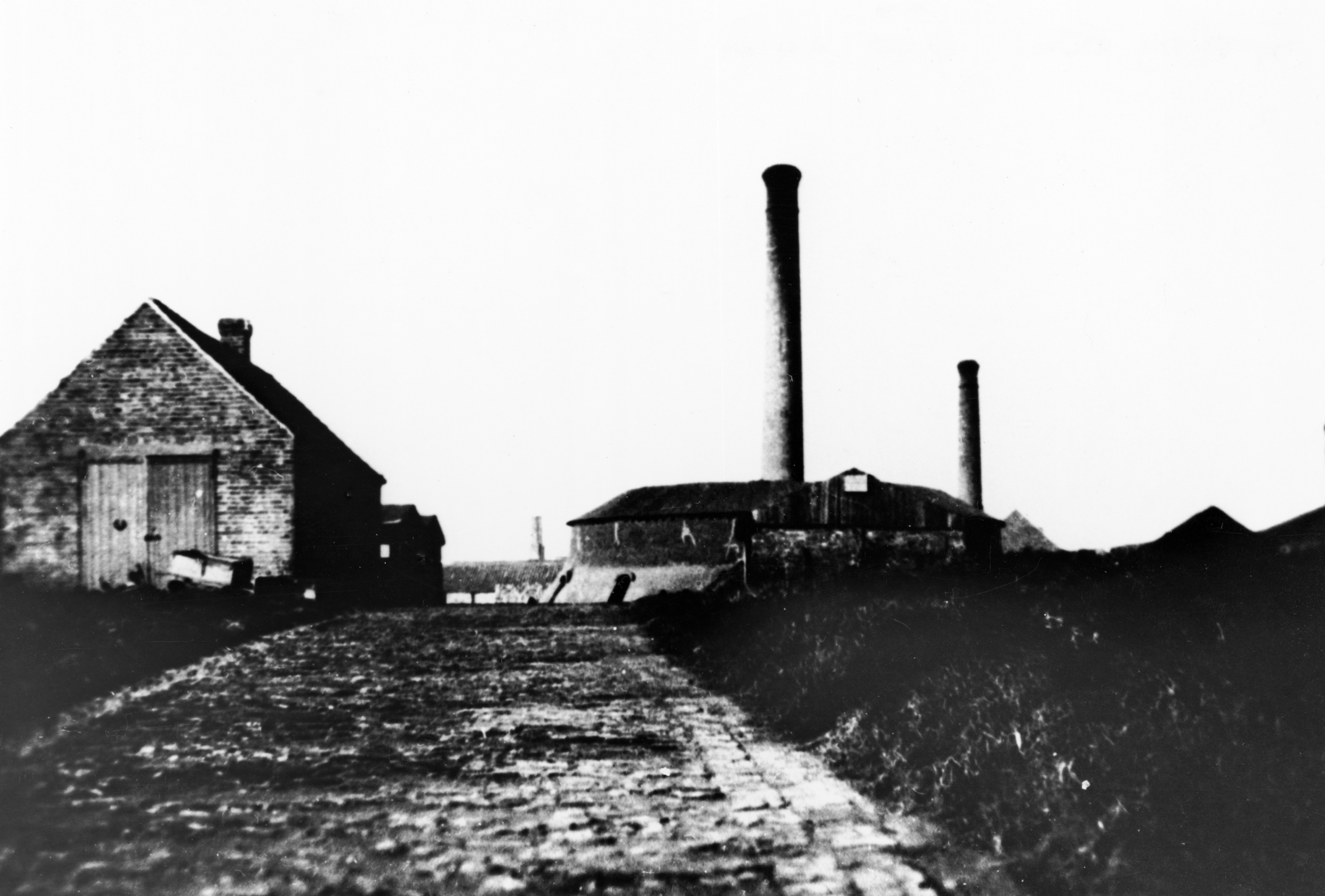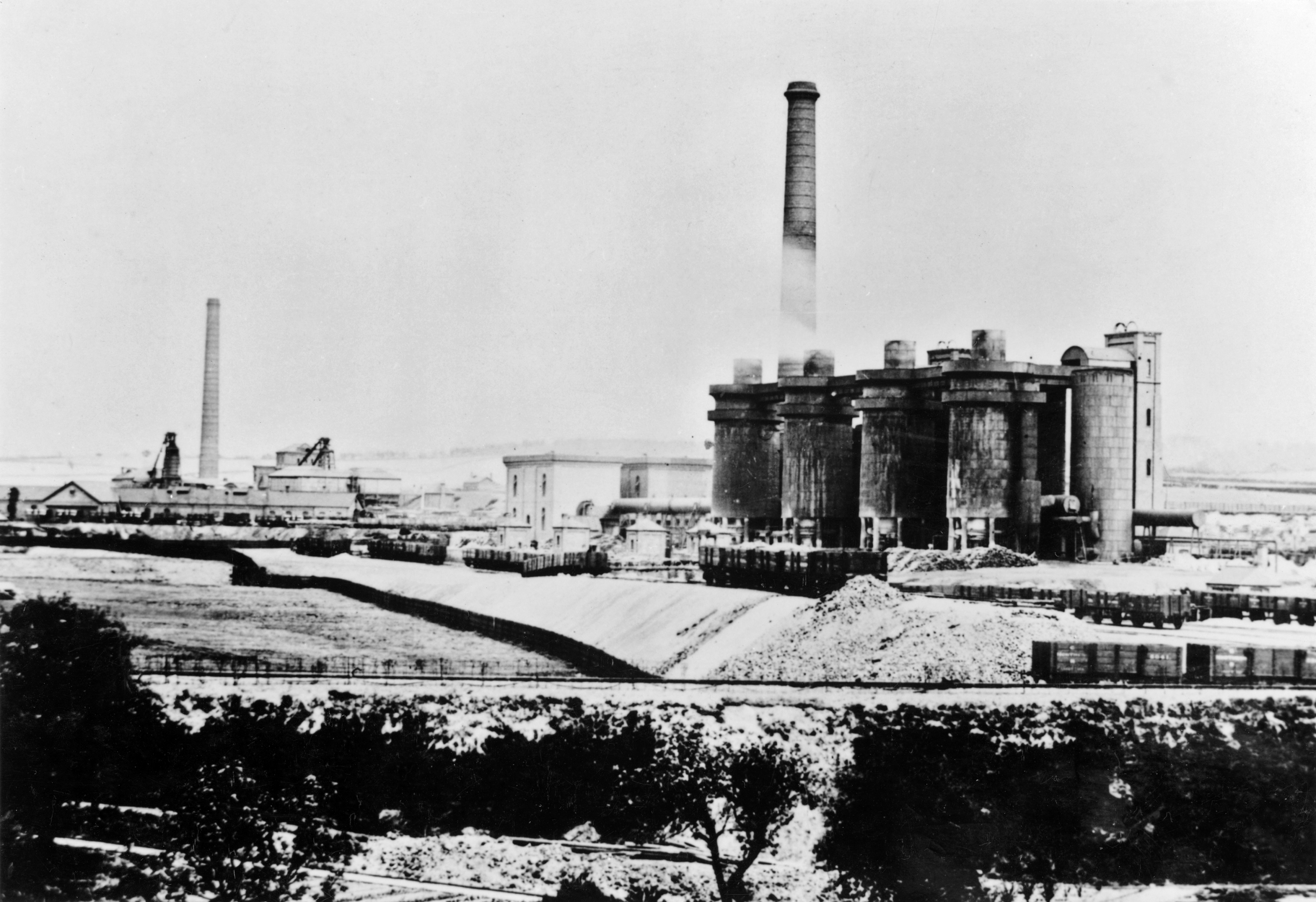Industry
Since the borough of Gedling is a patchwork of rural and urban communities it has attracted a variety of industries. Apart from the usual cottage industries associated with village life, such as blacksmiths and basket makers the borough attracted several major industries, which included:
Textiles Gedling Borough has a long association with textiles. In 1589 William Lee, curate of Calverton, invented a knitting machine for making long stockings, or ‘hose’. The machine became known as a stocking frame and the workers were called framework knitters or ‘stockingers’. By the 18th century, framework knitting was used for making gloves as well as long stockings or hosiery. It was known as a ‘cottage industry’ as workers had a frame installed in their home or in a nearby workshop. Most villages in the borough had framework knitters living and working there. In other parts of Nottinghamshire, similar knitting frames were later adapted for making bobbin-net lace.
www.frameworkknittersmuseum.org.uk/about-us/history/
www.calvertonvillage.com/folk-museum
www.nottsheritagegateway.org.uk/people/frameworkknitters.htm
In 1778, George Robertson built his first cotton spinning factory, between Linby and Papplewick, to make cotton thread. During the next 15 years they opened five more mills along the river Leen between Papplewick, Bestwood and Bulwell. George Robinson & Sons was, famously, in 1785 the first company in the world to use a steam engine for powering a textile factory.
The cotton mills were some of the first factories in the area, attracting workers from the surrounding villages. The cotton mills closed in 1828, but the remains of the storage ponds and channels supplying the mills with water have been excavated and are preserved in Moor Pond Woods. In 1794, John Hawksley and Robert Davison built a mill in Arnold to make worsted yarn from long fibres of wool. They also installed an early steam engine, using it to pump water onto their waterwheel. Davison & Hawksley did not confine themselves to thread production, also employing framework knitters to make clothing. By 1803 they employed 2,000 people. To meet the enormous number of orders, especially for cloth for army uniforms, the firm introduced shift working so that the mill could operate 24 hours a day. The factory closed in 1810 and was quickly demolished.
John Hawksley lived at Arnot Hill House and Robert Davison at Bonington House on Arnold High Street. Both houses still exist, Bonington House now the Labour Club. The remains of the factory millpond can still be seen in Arnot Hill Park.
In Netherfield, Bourne’s steam powered Britannia Mill was a major supplier of doubled yarn.
In the 1860s, I. & R. Morley began to develop and use hosiery machinery in its steam-powered factories. The firm expanded in the 1870s, buying a small hosiery factory in Daybrook and rebuilding it in 1883. The premises were extended in 1911 and although the factory closed in 1963, the imposing building has been conserved and converted into homes, still visible on Nottingham Road, near Daybrook Square.
Allen & Solley were another major local textile producer https://britishlistedbuildings.co.uk/101237292-hand-frame-shop-at-former-allen-solly-factory-gedling#.XBpcjrdLGic
Brickworks In the 19th century new large-scale brickmaking companies replaced small family firms. Several companies were formed after the 1850s, financed by local investors, enabling large areas of clay-bearing land to be purchased. Examples of these were the Mar Hill Brick and the Nottingham Builders Brick companies, both based along Carlton Hill and most significantly, the Nottingham Patent Brick company with works at Carlton and Mapperley who acquired the Dorket Head works of Messrs. Robinson & Sykes in 1897. Like many collieries, Bestwood had dedicated brickworks located about a mile to the north of Bestwood Village, these were used to build the original sixty-four dwellings and colliery buildings in Bestwood Village.
One claim to fame is that the Nottingham Patent Brick Company supplied sixty million bricks to the Midland Railway for its St Pancras Station terminus in London.
http://mapperleyandsherwoodhistorygroup.co.uk/mapperley-brickworks
For further information about local individual brick manufacturers (cottage industries)
https://eastmidlandsnamedbricks.blogspot.com/2016/07/nottingham-brickworks-part-2-carlton-st.html
Ibstock Brick http://mapperleyandsherwoodhistorygroup.co.uk/visit-to-ibstock-brick-works-at-dorket-head
Iron Works The friars from Newstead Priory developed a water-powered ironworks near Bestwood in the 16th century. Known in the 18th century as Bulwell Forge, it was recorded as using water-powered tilt-hammers to shape the iron. The ironworks was closed in 1780 and the site was converted into a water-powered cotton mill by the Robinson family. The present Forge Mill, close to Bestwood Mill Lakes Country Park, was built on the foundations of the cotton mill after this was gutted by fire in 1842.
Following the success of the coal mine at Bestwood, the development of Bestwood ironworks was the next step in industrial progress. The ironworks opened in 1881 with two furnaces, a further two added in 1890. The lads of Bestwood Village were said to have made good use of the flames of the furnaces, using the light to play football late into the evening. During World War 1, with the threat of German Zeppelin raids, the manager of the ironworks would receive a warning from the military to dowse the furnaces. Bestwood ironworks closed in 1928. See also: Coal mining and railways
Industrial Archaeology
Please consult the following website for Industrial Archaeology within the borough and county https://www.nottinghamshire.gov.uk/culture-leisure/heritage/archaeology
